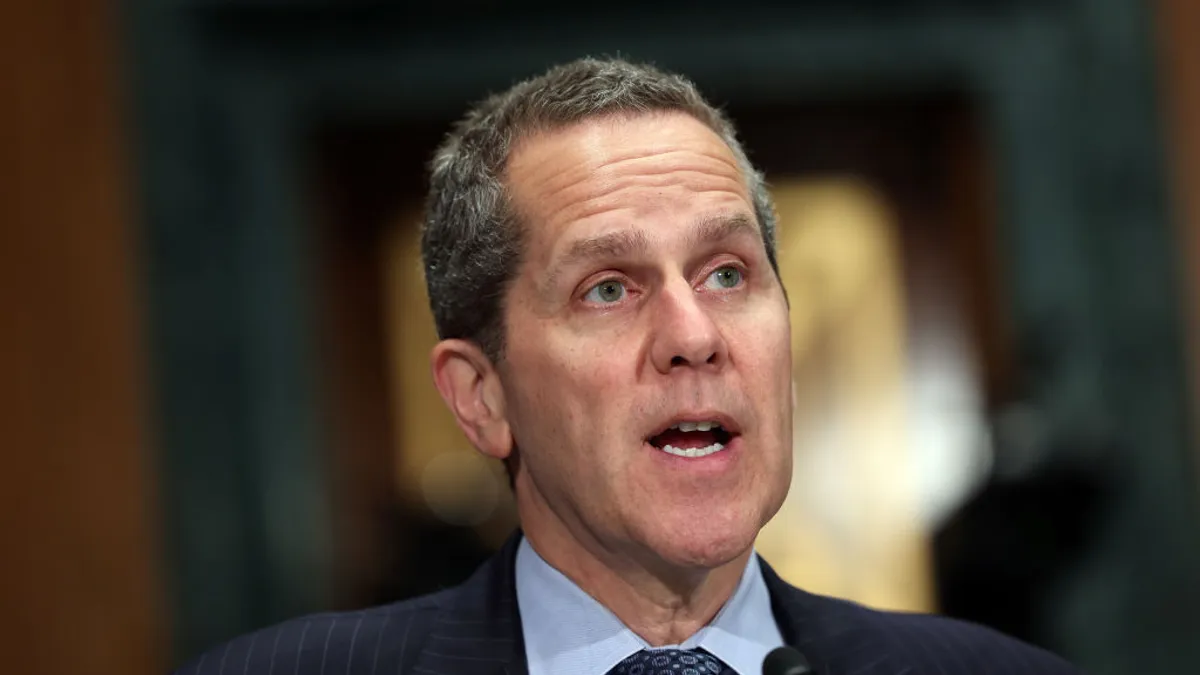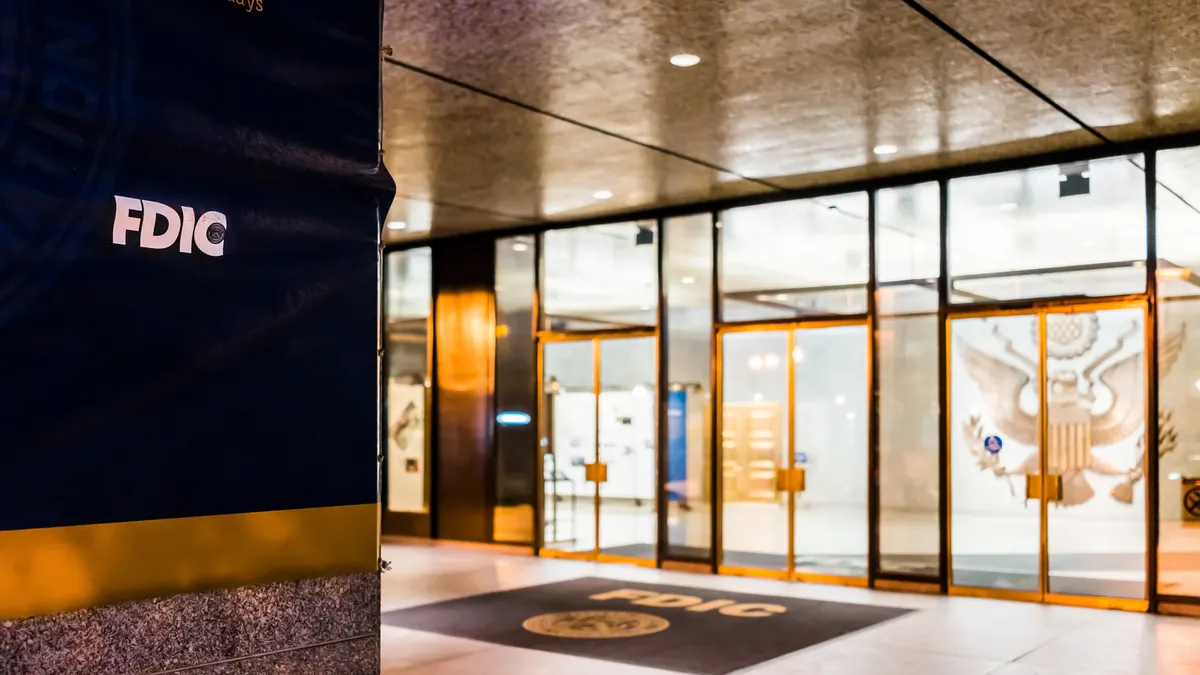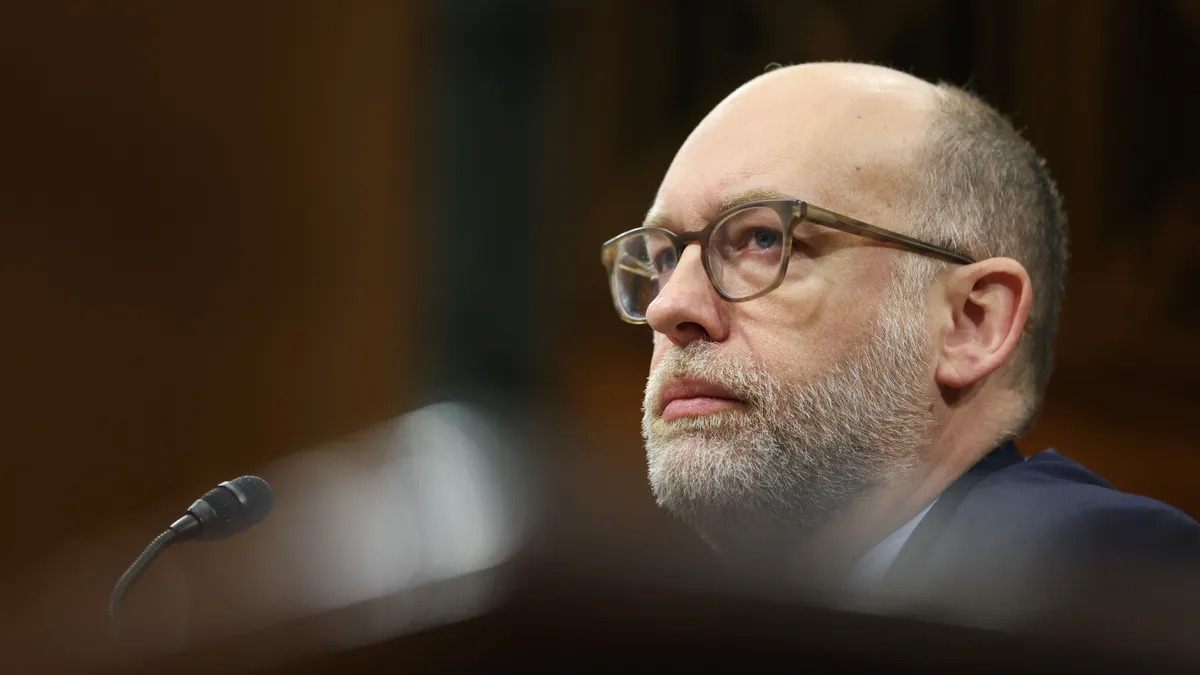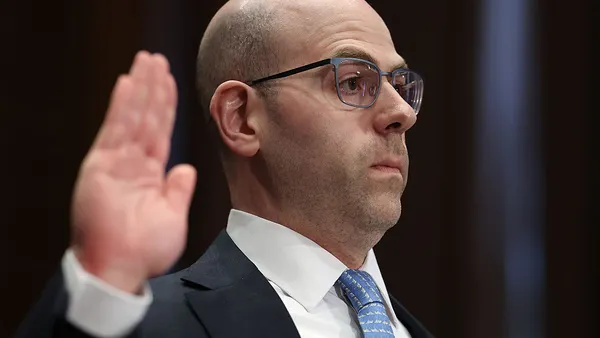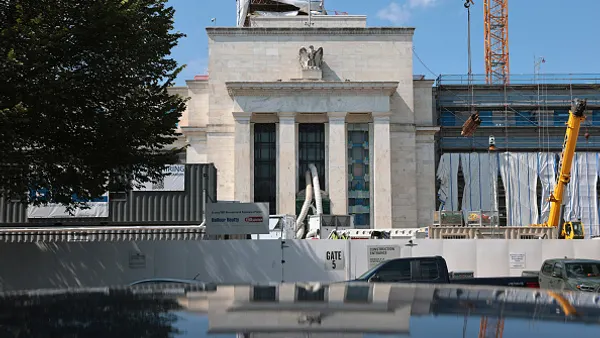Dive Brief:
- Competitive pressure around incorporating generative artificial intelligence could heighten risks in financial services, Michael Barr, the Federal Reserve’s outgoing vice chair for supervision, warned Tuesday.
- “Nonbanks may be more nimble and risk-forward in incorporating genAI into their operations, which may push intermediation to less-regulated, less transparent corners of the financial sector,” Barr said during remarks at a Council on Foreign Relations event in New York City.
- That competitive pressure “may push all institutions, including regulated institutions, to take a more aggressive approach to genAI adoption,” increasing governance, alignment, and financial risks around AI, he said.
Dive Insight:
Barr called for monitoring of how generative AI’s introduction alters banking. “The very attributes that make genAI attractive — the speed, automaticity and ability to optimize financial strategies — also present risk,” including increasing market volatility and stoking asset bubbles and crashes, Barr said.
Banking has been labeled one of the industries poised to be most affected by the technology, and many larger banks are eager to find the best uses for it and demonstrate return on investment. Generative AI, already embedded within much of the technology that banks buy, is being used by lenders to handle tasks such as call summarization at call centers. Banks are also pursuing uses such as drafting scripts for marketing purposes, or finding red flags in mortgage applications.
But fintechs and nonbanks face fewer regulatory constraints than lenders, and some fintechs such as Bunq and MoneyLion have moved more quickly to incorporate generative AI in customer-facing functions.
To harness generative AI’s benefits and reduce its risks, lenders and Federal Reserve banks “should consider investing sufficient resources in understanding genAI technology, incorporating it into their workflows where appropriate, and training staff on how to use the technology responsibly and effectively,” Barr said.
Regulators, for their part, should approach the fast-moving AI landscape with “agility and flexibility,” he said.
Barr also stressed the importance of AI governance.
“We should make sure that we think about GenAI as enhancing, not replacing, humans, and set up best practices and cultural norms to that end,” he said.
Every bank should understand the technology’s limitations, consider where and when it belongs in processes, and recognize humans’ best position to remain in the loop, Barr added.
Attention, too, should be paid to data quality, Barr said, to ensure generative AI’s uses don’t perpetuate or amplify biases, or make incorrect inferences. Regulatory frameworks for understanding model risk “may need to be updated to address the complexity and challenges of explaining AI methods and the difficulty of assessing data quality,” he said.
“AI is kind of overhyped right now, in the short term – I think people are expecting more from it last year, this year, next year – but I think probably underappreciated, in the long term, in terms of the kinds of changes that it could cause in our society,” Barr said Tuesday following his prepared remarks.
Barr, who will vacate the Fed’s vice chair for supervision role Feb. 28 but remain on the Fed board, said his decision was “very, very difficult” to make and, “in some ways, a very painful decision.”
He came to the conclusion that if he remained in the role, the fight over it would become a “major distraction” for the Fed and would put the central bank “in the crosshairs.”



